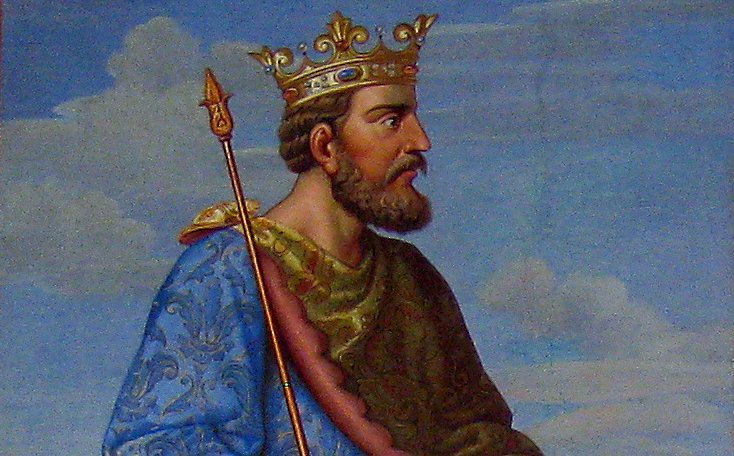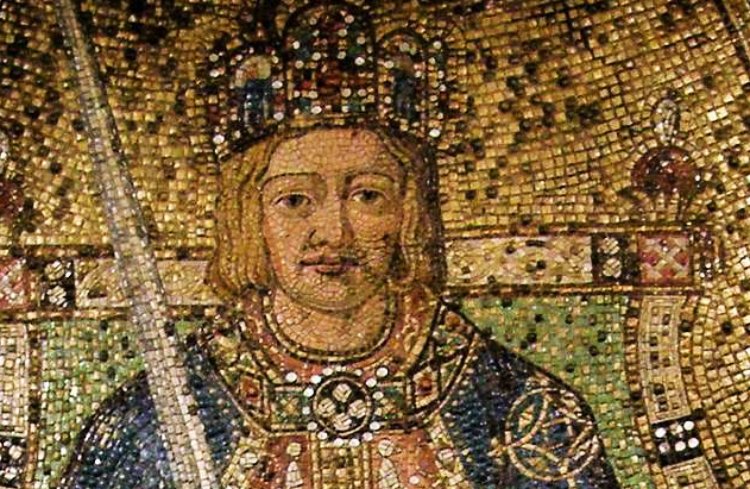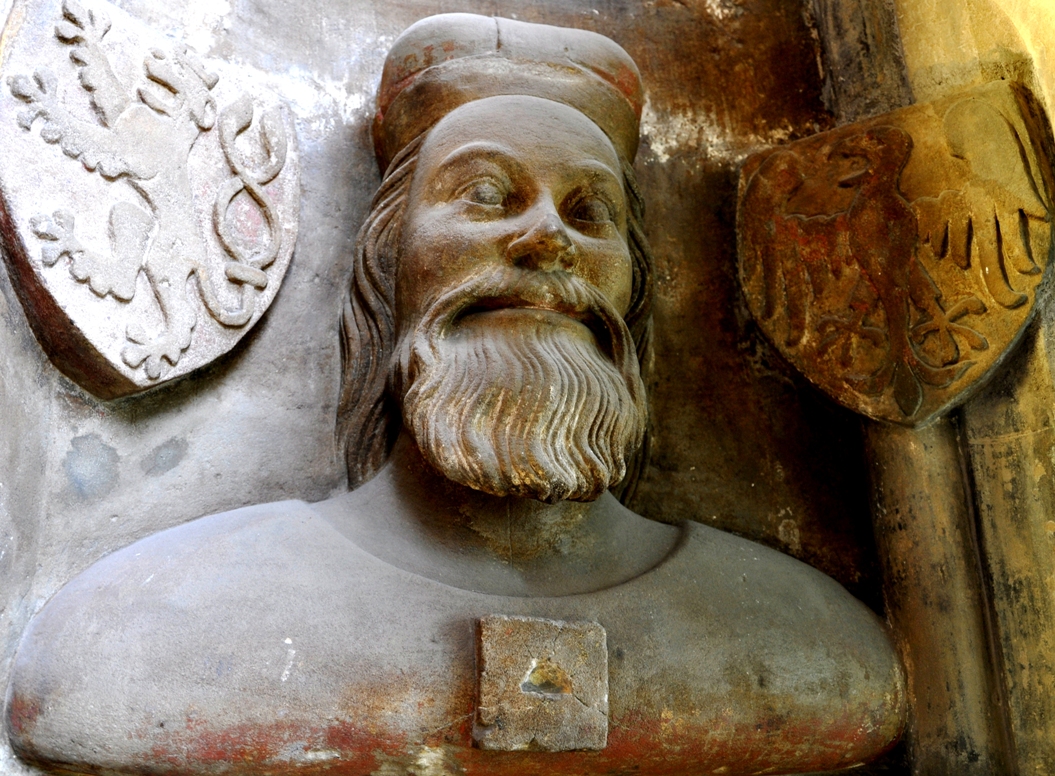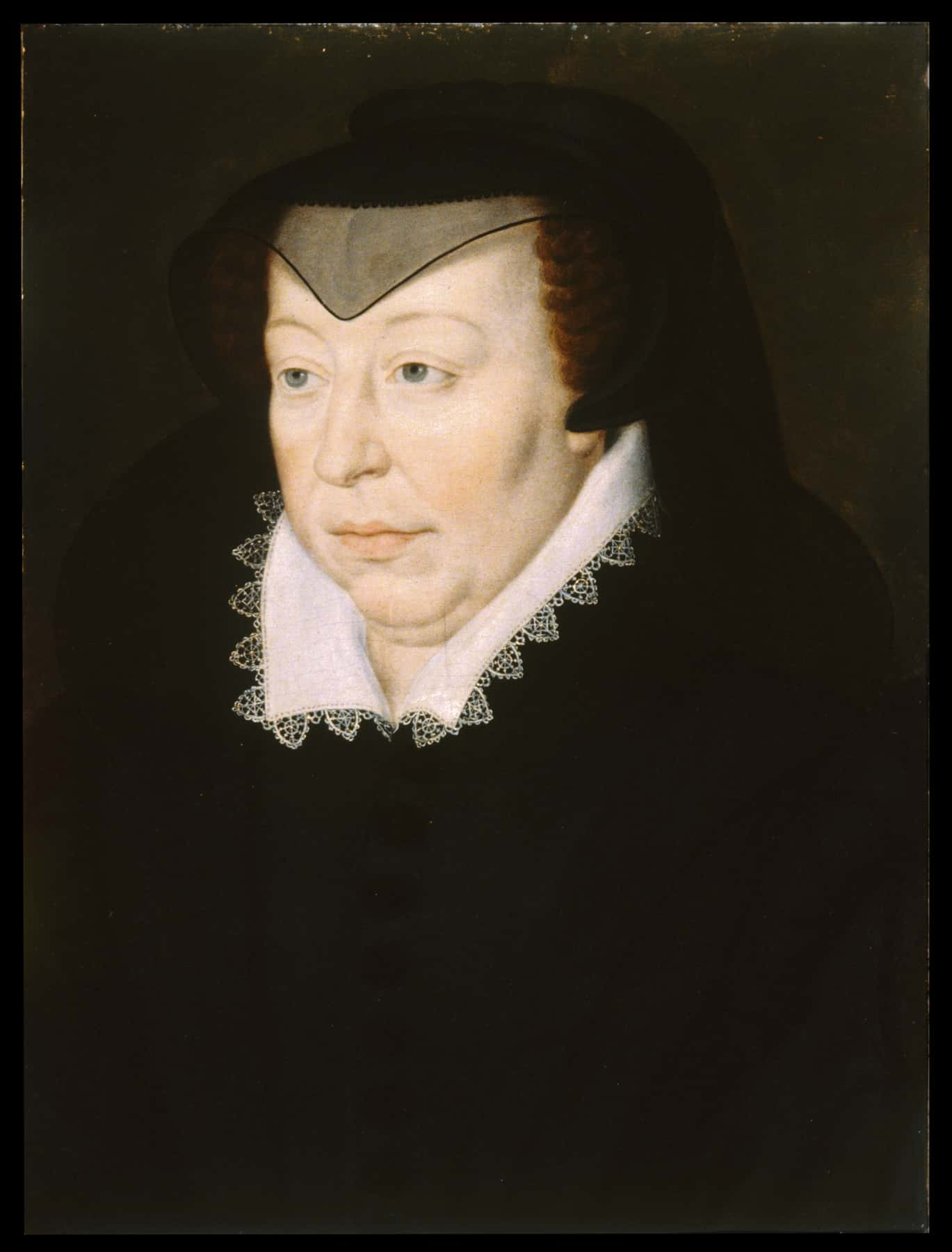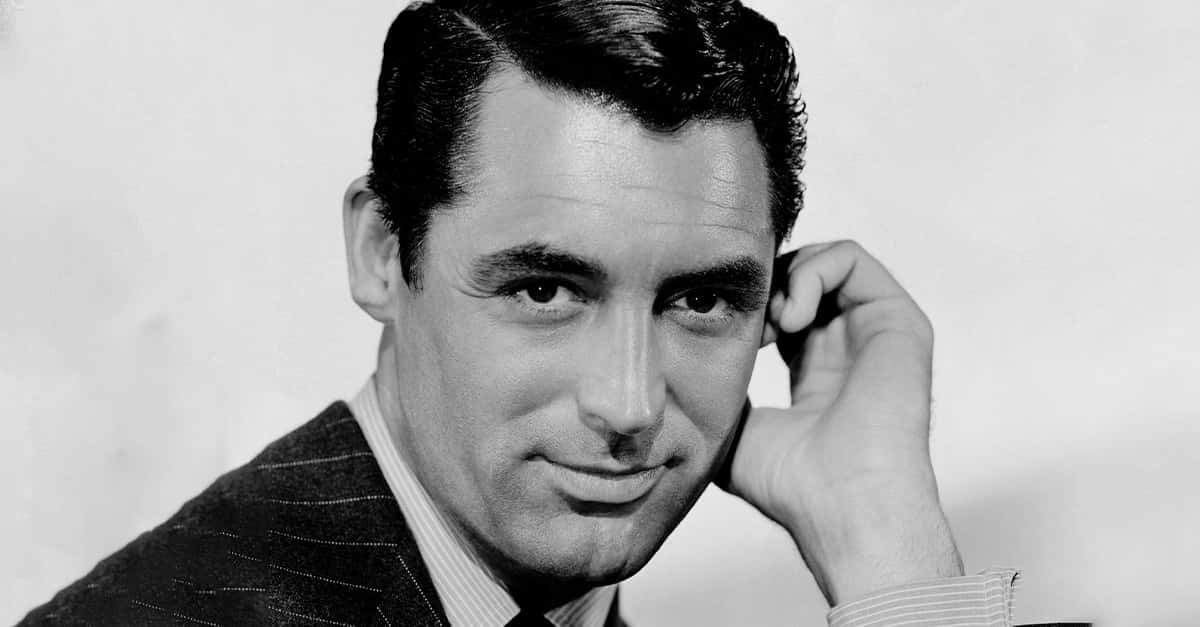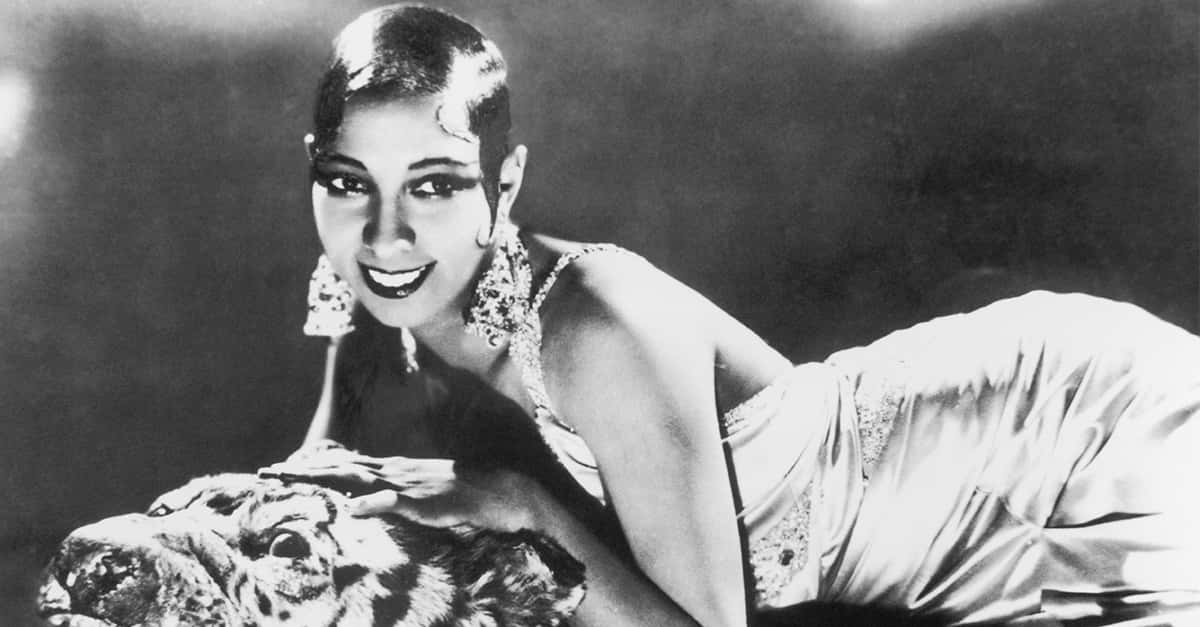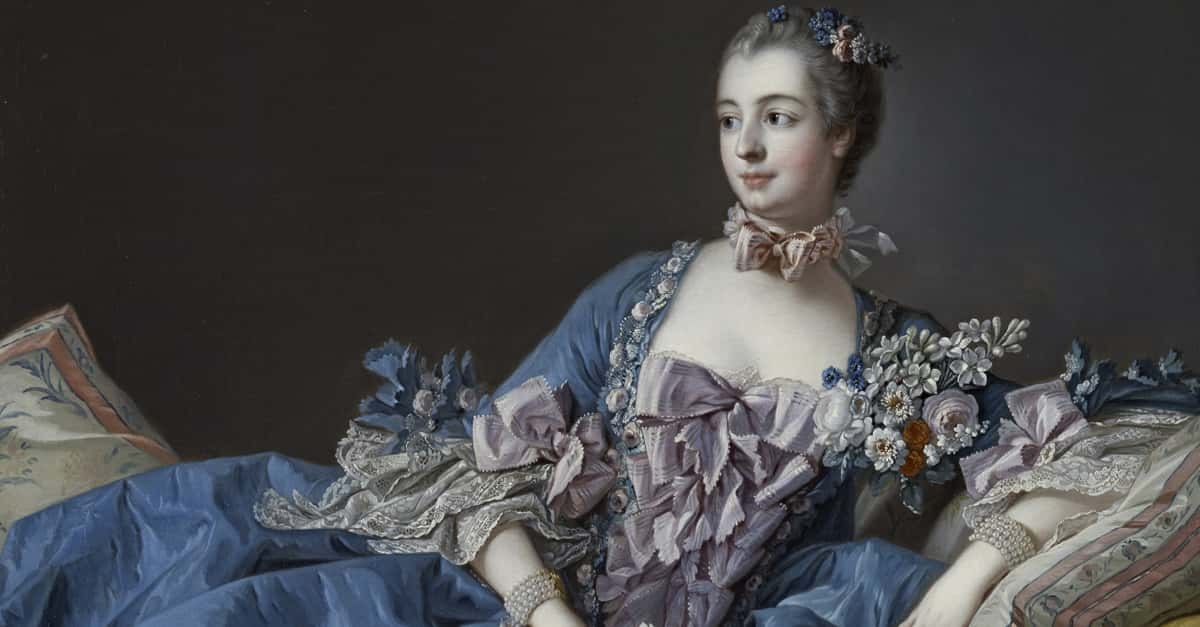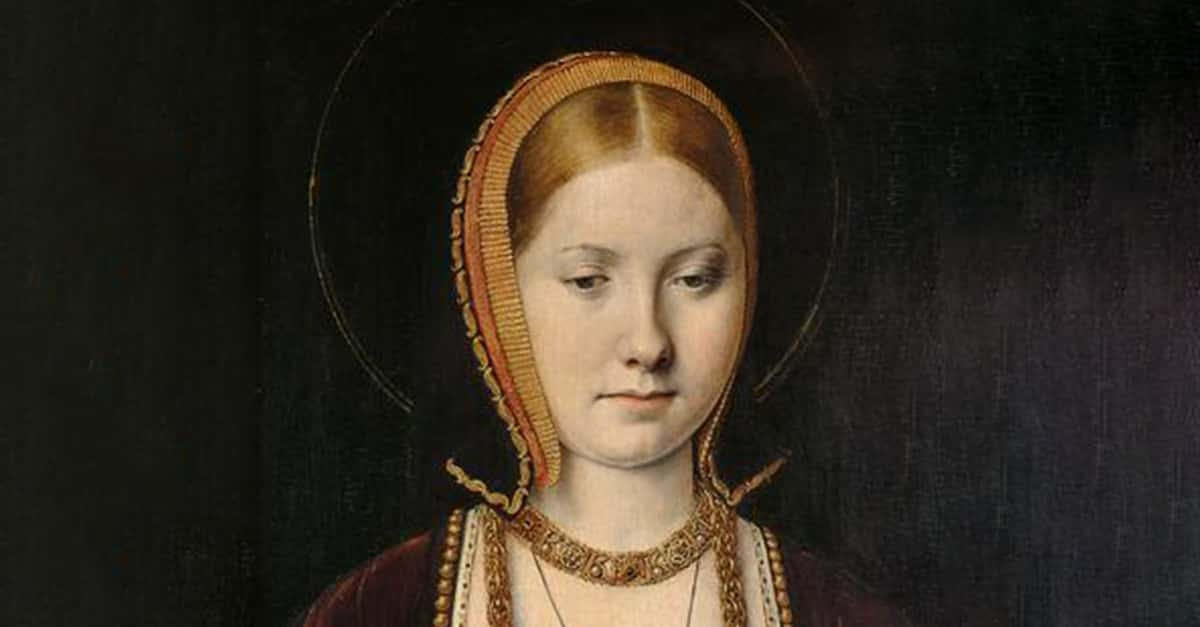Introducing The Ugly Duchess
Throughout history, many famed women have earned nicknames due to their sudden assent to power or the actions that they took there. Margaret, Countess of Tyrol, is one of these women. Let’s get into her fascinating story.
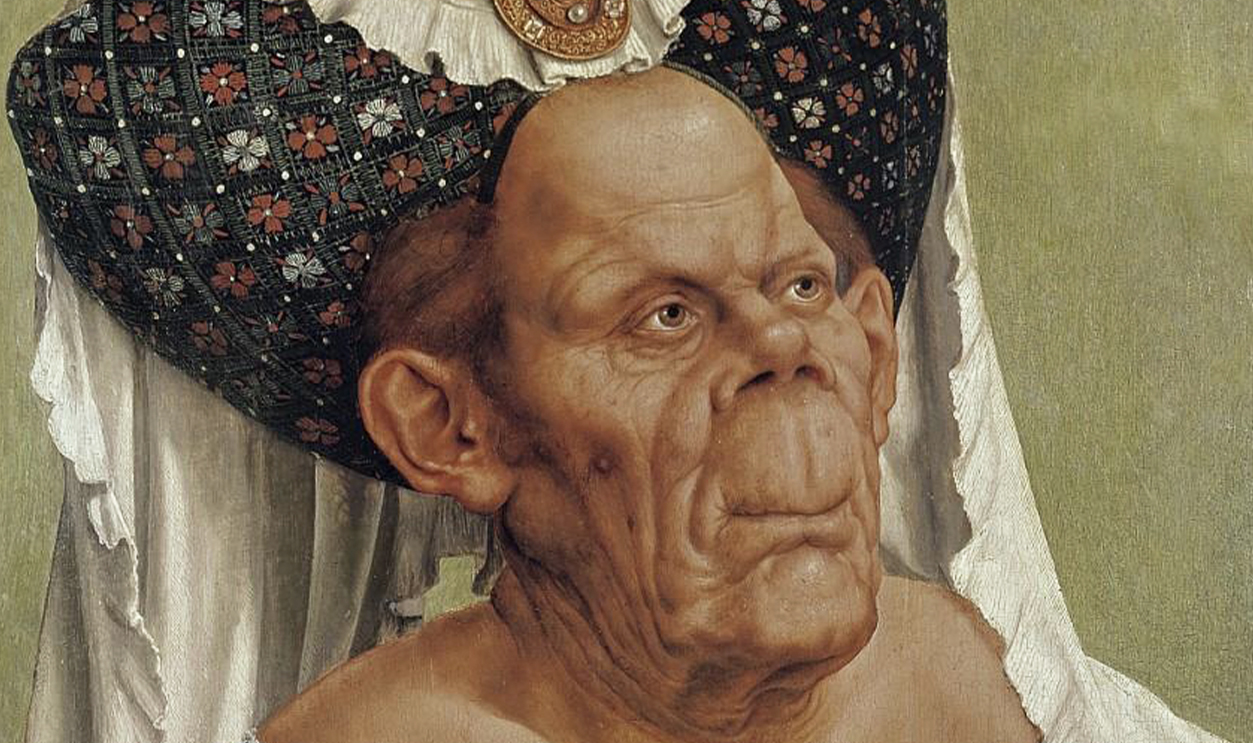
Where Is Tyrol?
Margaret was the last Countess of Tyrol, an imperial estate in the Holy Roman Empire. This historic crown has dissolved, and today, it straddles an autonomous region in the North of Italy and Austria.
 Caro1409, Maksim, Wikimedia Commons
Caro1409, Maksim, Wikimedia Commons
She Had A Powerful Father
Duke Henry of Carinthia was Margaret’s father. She was a product of his second marriage with Adelaide, a daughter of Duke Henry I of Brunswick. Henry frequented the chapel throughout his life.
She Had A Powerful Father
Henry was married three times. However, only his second marriage produced children, two daughters. Of those two daughters, Margaret was the only one to survive.
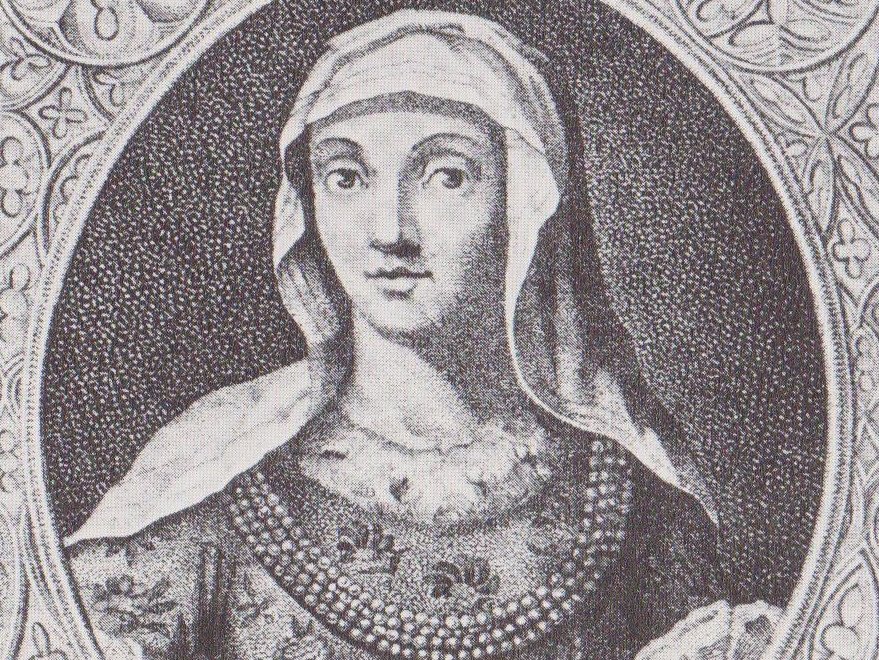 ANKAWÜ, CC BY-SA 3.0, Wikimedia Commons
ANKAWÜ, CC BY-SA 3.0, Wikimedia Commons
She Had A Powerful Father
During his life, Henry wore many hats, including Duke of Carinthia, Count of Tyrol, landgrave of Carniola, King of Bohemia, and titular King of Poland. His two kingships were lost before his passing, and as he had no surviving sons, it was difficult for him to keep his dukedoms in his family as well.
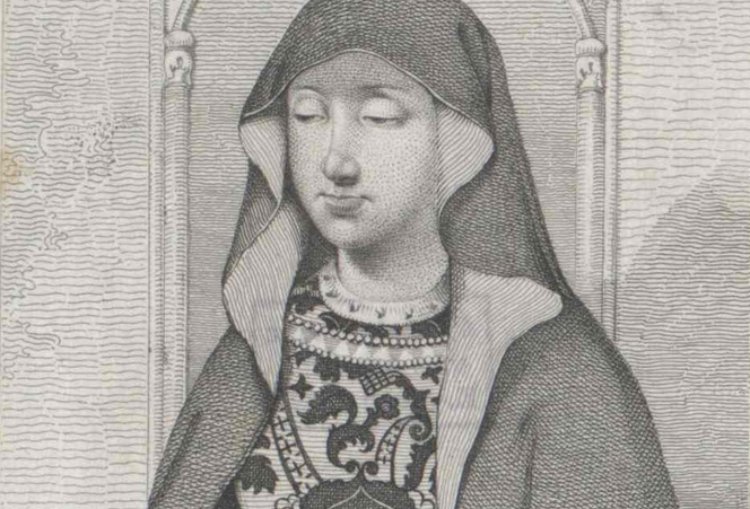 Austrian National Library, Picryl
Austrian National Library, Picryl
She Had A Powerful Father
It was only through an agreement with the current Holy Roman Emperor, Louis IV, that Henry was able to get approval for his daughter to succeed him with his Carinthian and Tyrolean estates. Carniola was given to the powerful Habsburgs.
Her Fraught Marriage
Henry agreed with former ally, King John of Bohemia, that Margaret would marry John’s third surviving son, John Henry. King John got more power out of this arrangement and a marriage legitimized Margaret’s succession to her father’s position.
Her Fraught Marriage
John Henry was sent to Tyrol in 1330 and married Margaret in the country’s capital, Innsbruck, once the emperor approved the union. John was eight, and Margaret was 12.
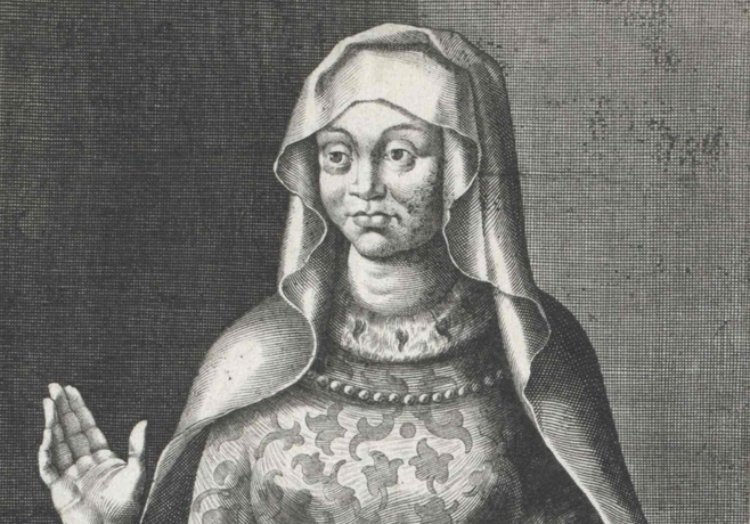 Austrian National Library, Picryl
Austrian National Library, Picryl
Her Fraught Marriage
Margaret, reportedly, never liked John Henry. Contemporary sources claim that the two children disliked each other from the beginning, and their marriage continued to be fraught. It did, however, have one benefit.
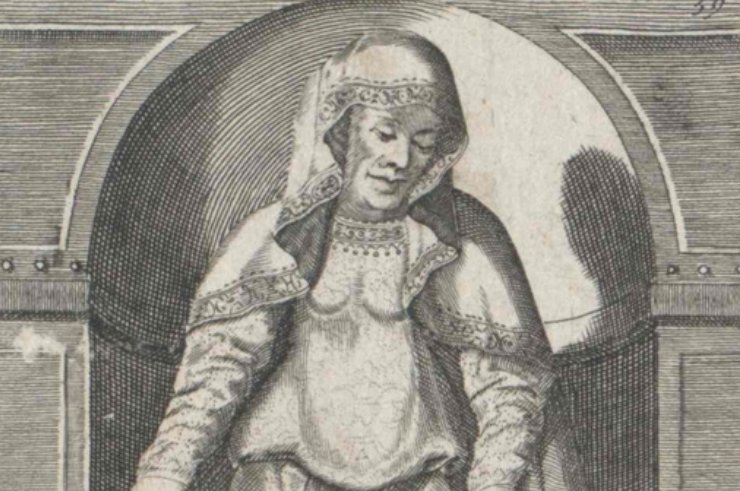 Austrian National Library, Picryl
Austrian National Library, Picryl

History's most fascinating stories and darkest secrets, delivered to your inbox daily.
Countess Of Tyrol
By marrying his son to Margaret, John’s father gained access to the Alpine Pass to Italy. This angered the Emperor, who was from a rival ruling family. Louis went back on his promises to Henry and instead gave Carinthia to Albert II of Austria.
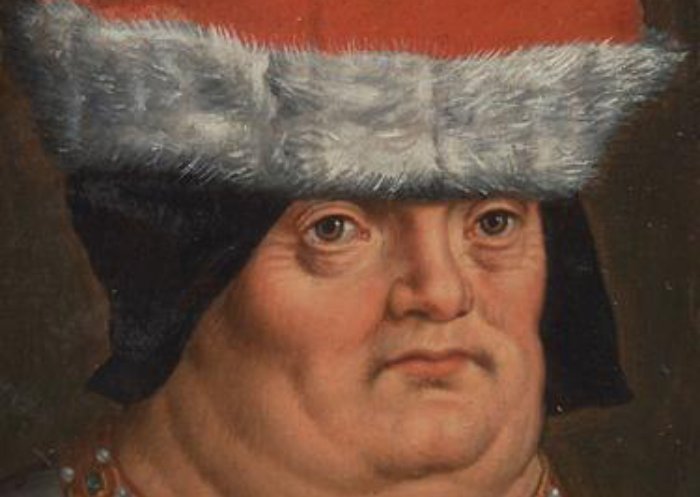 Antoni Boys, Wikimedia Commons
Antoni Boys, Wikimedia Commons
Countess Of Tyrol
Emperor Louis IV intended to take Tyrol back for his own family, the Wittlesbachs. However, the Emperor miscalculated in thinking he could manipulate Margaret so easily. She did not back down.
 Unknown author, Wikimedia Commons
Unknown author, Wikimedia Commons
Countess Of Tyrol
Instead, Margaret played heavily into the feuds that existed between the ruling families of the Holy Roman Empire at the time. She sent for her husband’s brother, Charles, to band with the local nobles, thus enforcing her succession as Countess of Tyrol.
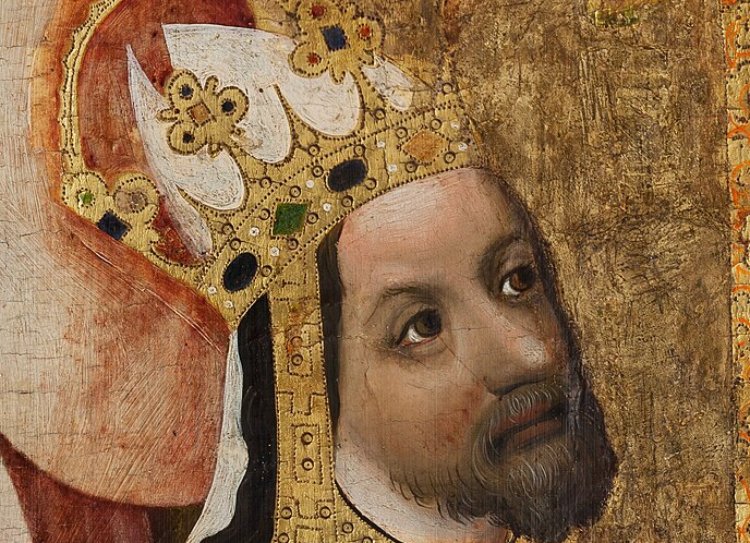 Circle of Theodoric of Prague, Wikimedia Commons
Circle of Theodoric of Prague, Wikimedia Commons
She Despised Her Husband
Unfortunately, John Henry proved to be an unpopular ruler. He was viewed by the local nobles as an incompetent ruler and known to be a philanderer. Margaret’s initial dislike of her husband continued.
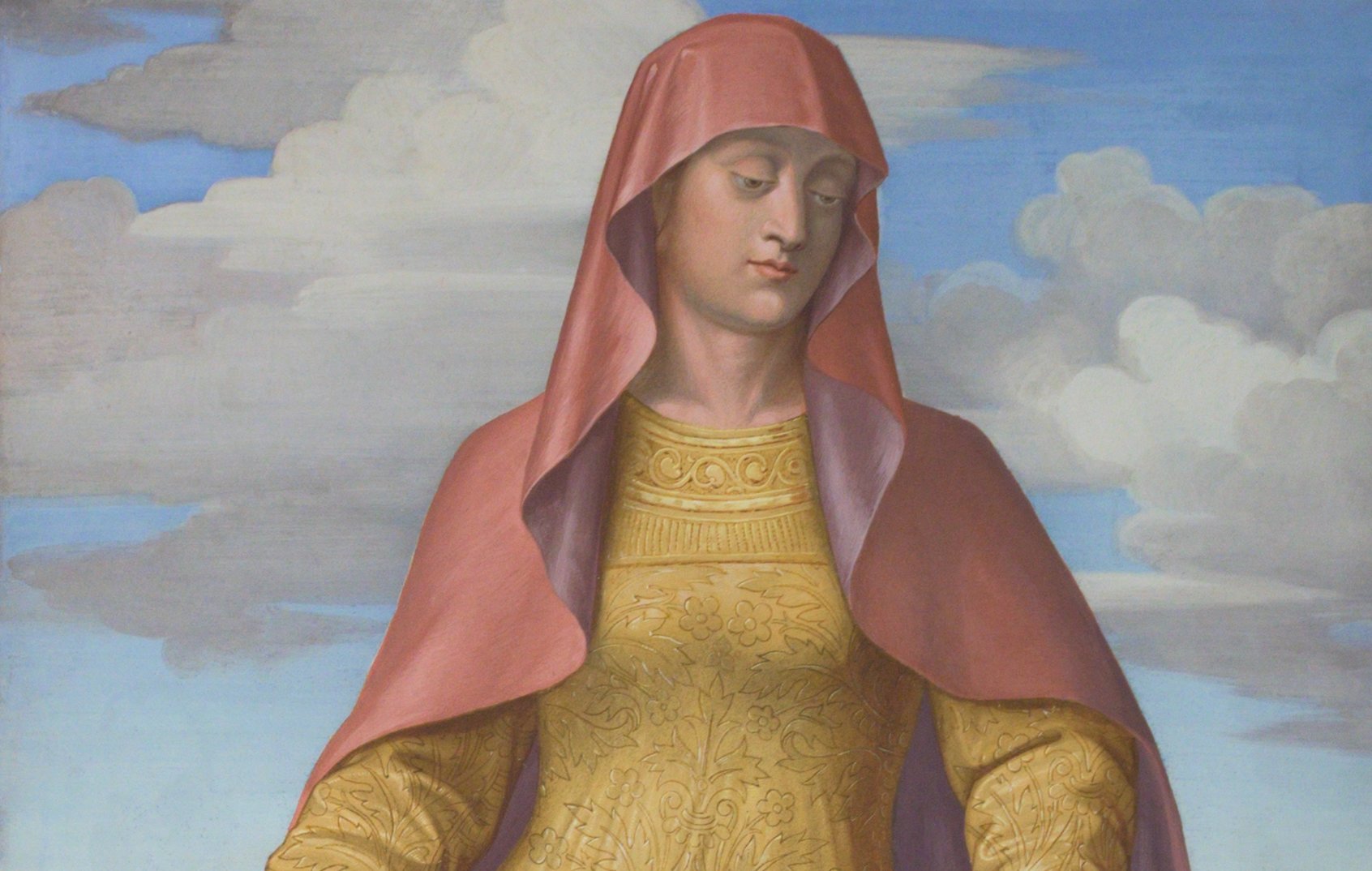 Wilfredo Rafael Rodriguez Hernandez, Wikimedia Commons
Wilfredo Rafael Rodriguez Hernandez, Wikimedia Commons
She Despised Her Husband
John’s brother Charles briefly attempted to soothe the issues that John was causing. He temporarily acted as regent; however, his hold on this power was eventually rejected and he left to join their father on a Crusade. Margaret was left to deal with her husband herself.
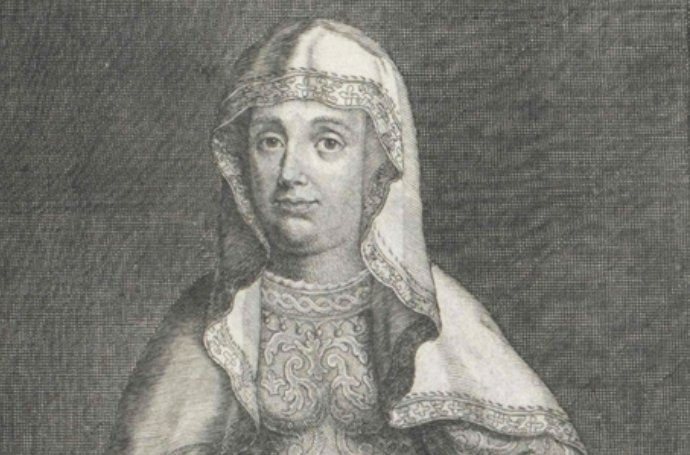 Austrian National Library, Picryl
Austrian National Library, Picryl
She Despised Her Husband
In November of 1341, 11 years after their marriage, John Henry returned from hunting to find that Margaret refused to let him into their Tirol Castle. Although John Henry moved around the country, no local noble would shelter him. He was forced to leave Tyrol entirely and received shelter from a neighboring noble.
 southtyrolean, CC BY 2.0, Wikimedia Commons
southtyrolean, CC BY 2.0, Wikimedia Commons
She Created A Scandal
Having now started a feud with the Luxembourg Bohemians, Margaret again showed her political wit. She returned to the good graces of the House of Wittelsbach. She married Emperor Louis IV’s eldest son, Margrave Louis I of Brandenburg.
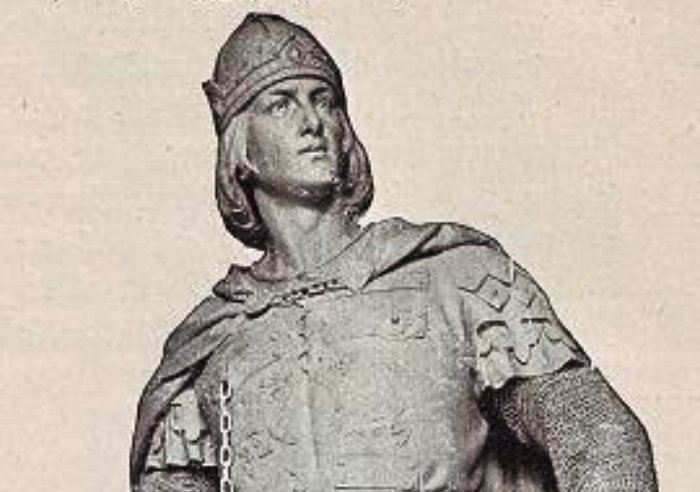 Ernst Herter, Wikimedia Commons
Ernst Herter, Wikimedia Commons
She Created A Scandal
Of course, at this point, Margaret had yet to be granted a proper divorce from John Henry. This resulted in scandal across Europe and prompted Margaret and her new husband to be excommunicated by the current Pope.
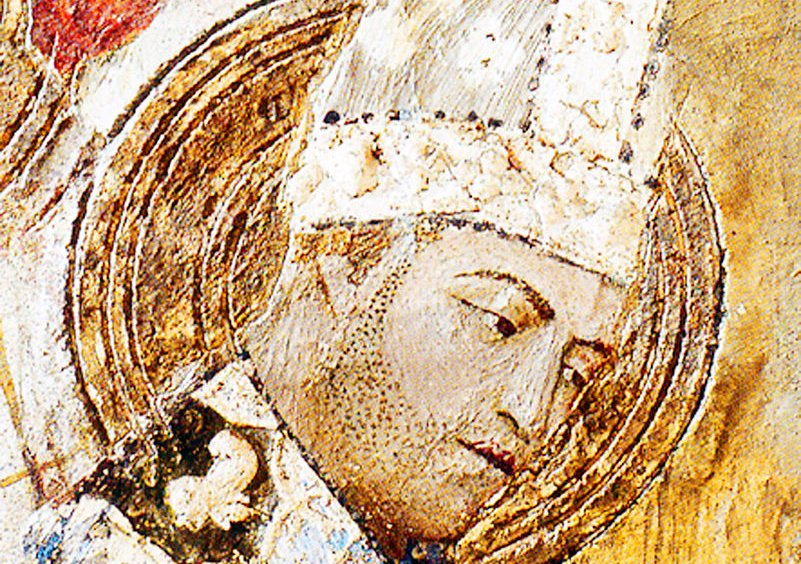 Matteo Giovanetti, Wikimedia Commons
Matteo Giovanetti, Wikimedia Commons
The Ugly Duchess
It was at this time that Margaret began gaining the nicknames that followed her through not just her life, but history. She was called “Maultasch”, which translated into “bag mouth” (implying she was an immoral woman), and Medusa.
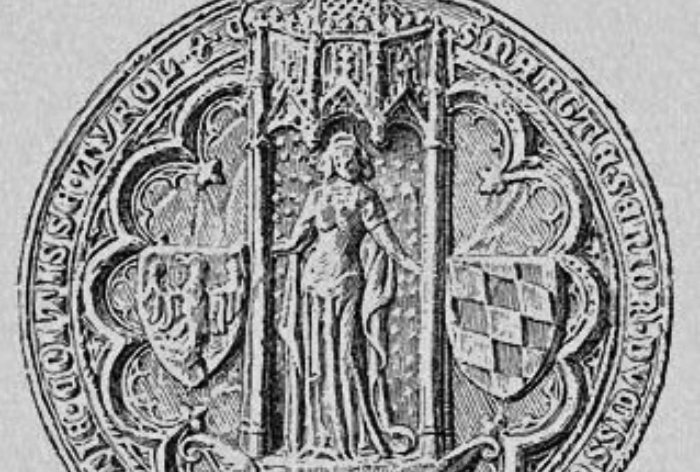 Crown Rudolf , Wikimedia Commons
Crown Rudolf , Wikimedia Commons
The Ugly Duchess
Writers at the time, such as John of Winterthur, have called Margaret attractive or even beautiful. Unfortunately, few portraits from that time exist. Instead, it is these cruel names that follow Margaret throughout history.
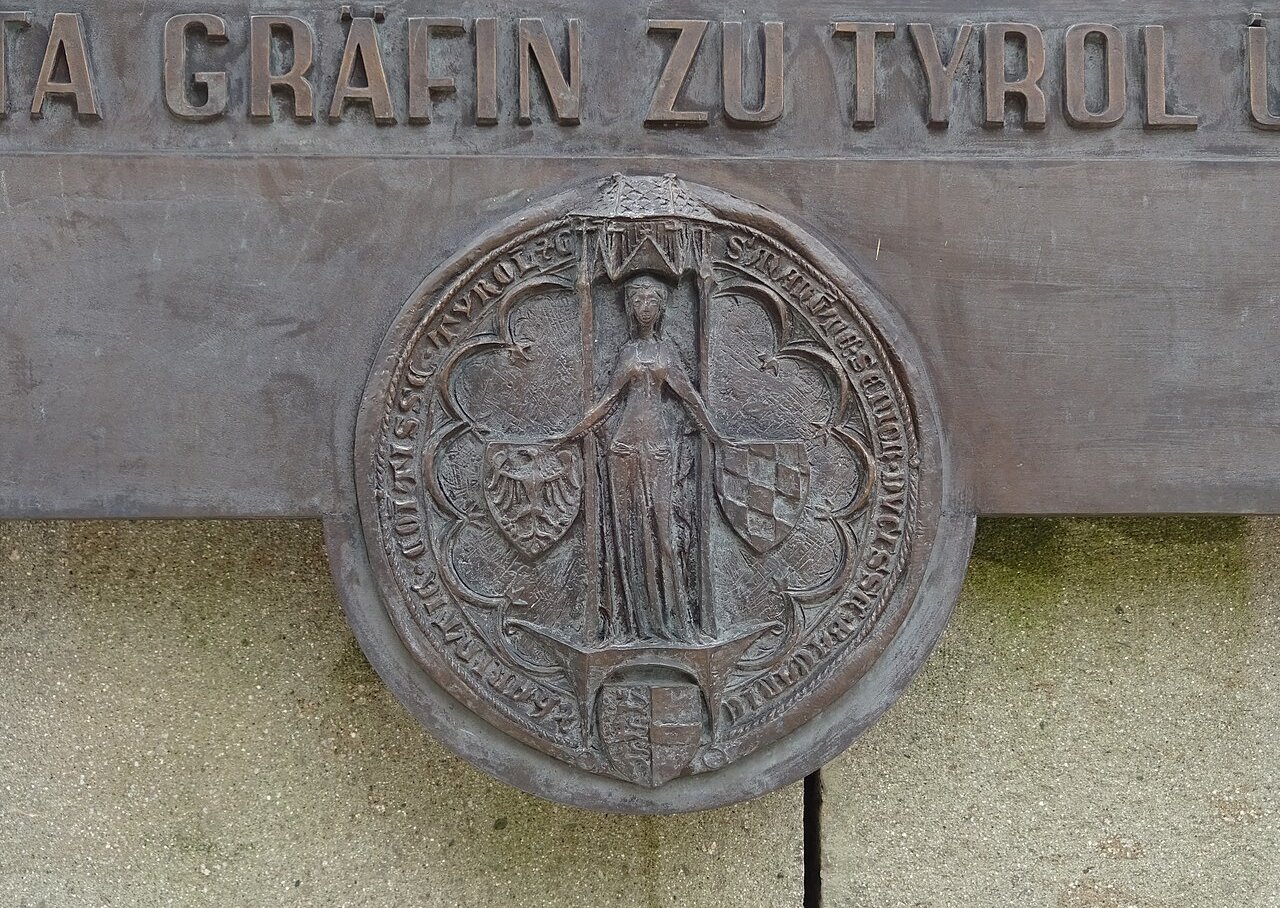 Luftschiffhafen, CC BY-SA 4.0, Wikimedia Commons
Luftschiffhafen, CC BY-SA 4.0, Wikimedia Commons
The Ugly Duchess
One portrait that may be attributed to Margaret is by Quentin Matsys. From 1513, this portrait is, unfortunately for Margaret, referred to as “The Ugly Duchess”. And so, Maragret’s infamous lack of beauty continues to this day.
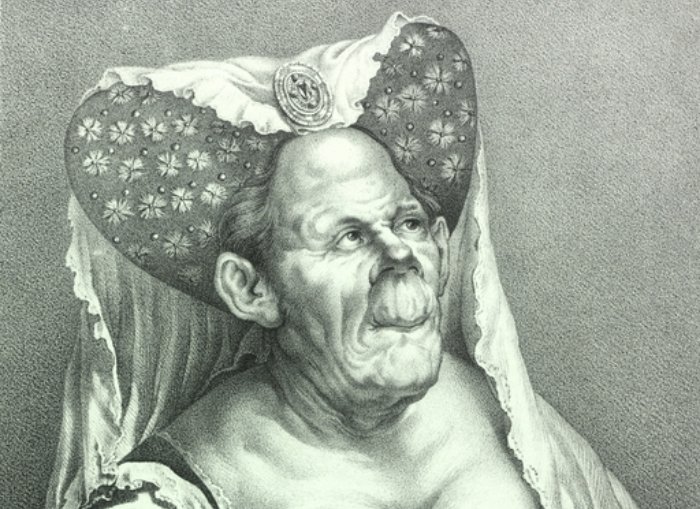 Austrian National Library, Picryl
Austrian National Library, Picryl
Margaret’s Second Marriage
Fortunately for the couple, Maragret’s new husband, Margrave Louis I of Brandenburg, gained the support of the local noble. With this new sense of authority, he decided to claim that Margaret’s marriage with John Henry was null and void.
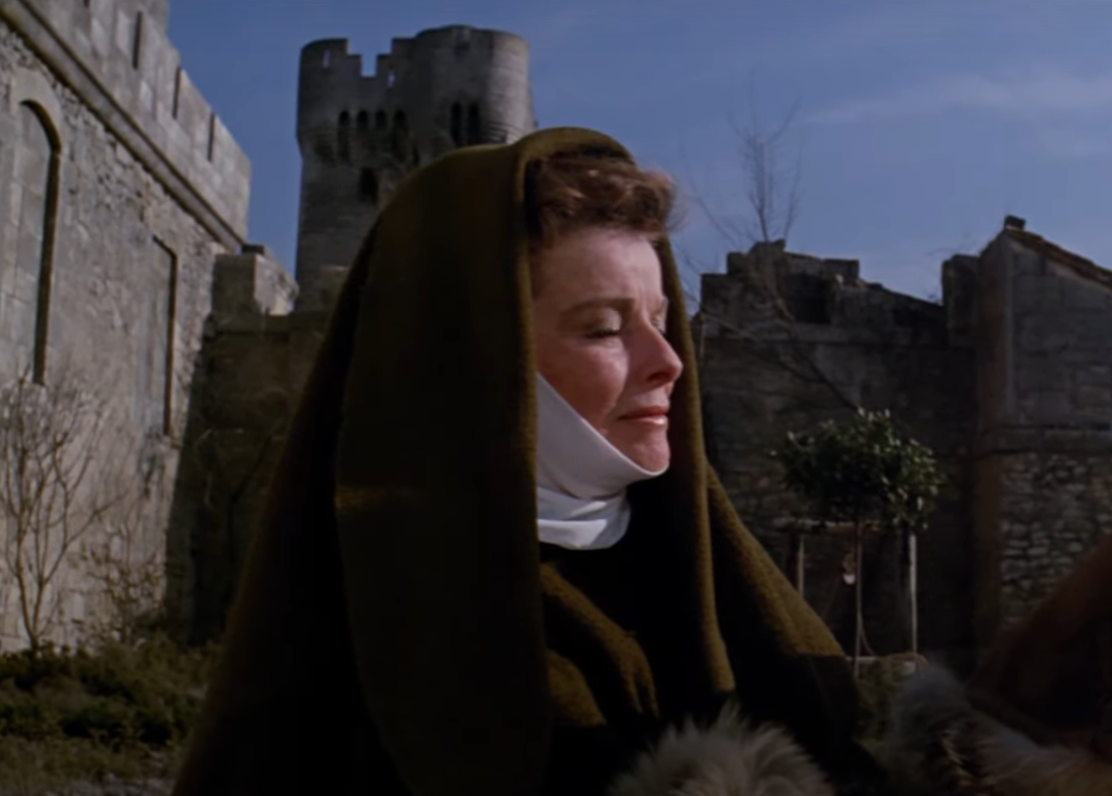 Haworth Productions, The Lion in Winter (1968)
Haworth Productions, The Lion in Winter (1968)
Margaret’s Second Marriage
This decision of Margrave Louis was supported by some local scholars under the claim that John Henry had never consummated his matrimony. Although referred to as the “first civil marriage” of the Middle Ages, it didn’t solve the new couple’s problems.
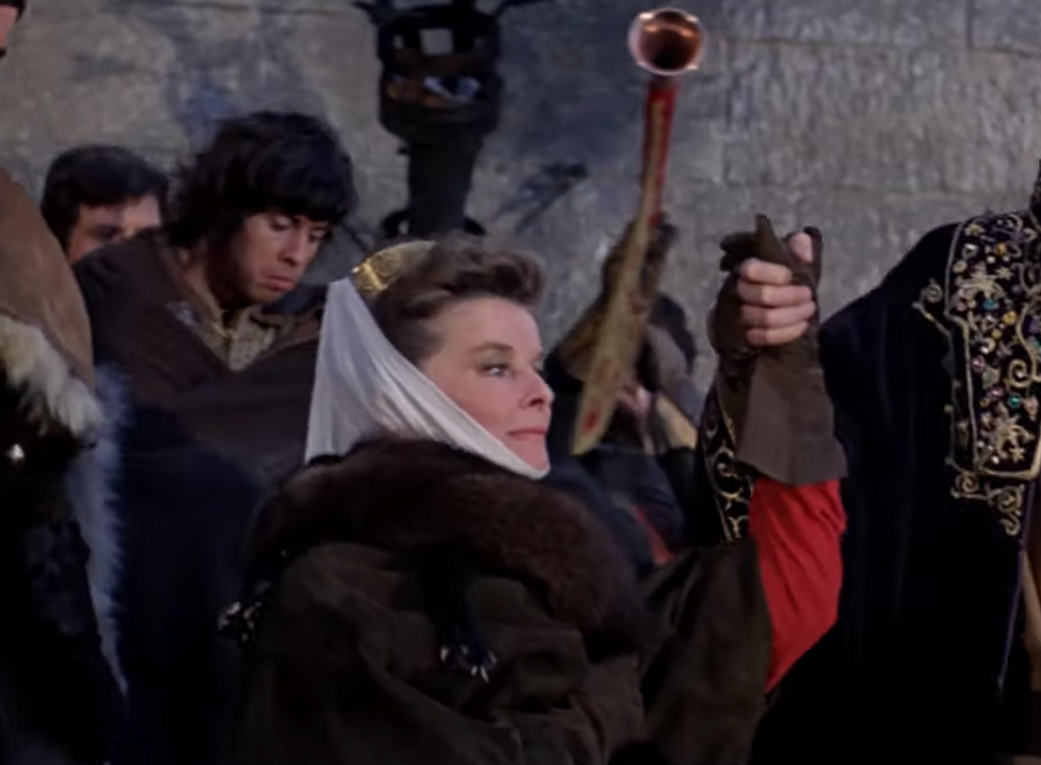 Haworth Productions, The Lion in Winter (1968)
Haworth Productions, The Lion in Winter (1968)
Margaret’s Second Marriage
Margaret’s former brother-in-law, Charles IV, was elected German anti-king, in opposition to still-reigning Emperor Louis. Now blessed with more power, Charles IV hadn’t forgotten the slight Margaret gave his family.
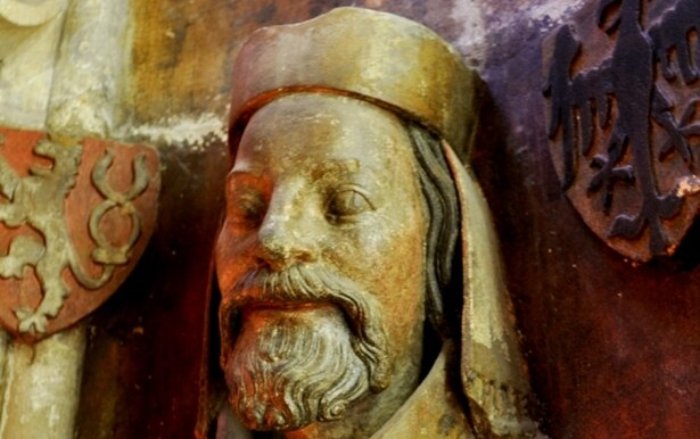 Peter Parler, Wikimedia Commons
Peter Parler, Wikimedia Commons
Margaret’s Second Marriage
A year after gaining his new title, Charles IV embarked on a campaign in Tyrol, laying siege to the very castle that Margaret had cast his brother out of years earlier. Margaret and Louis I were in a difficult position.
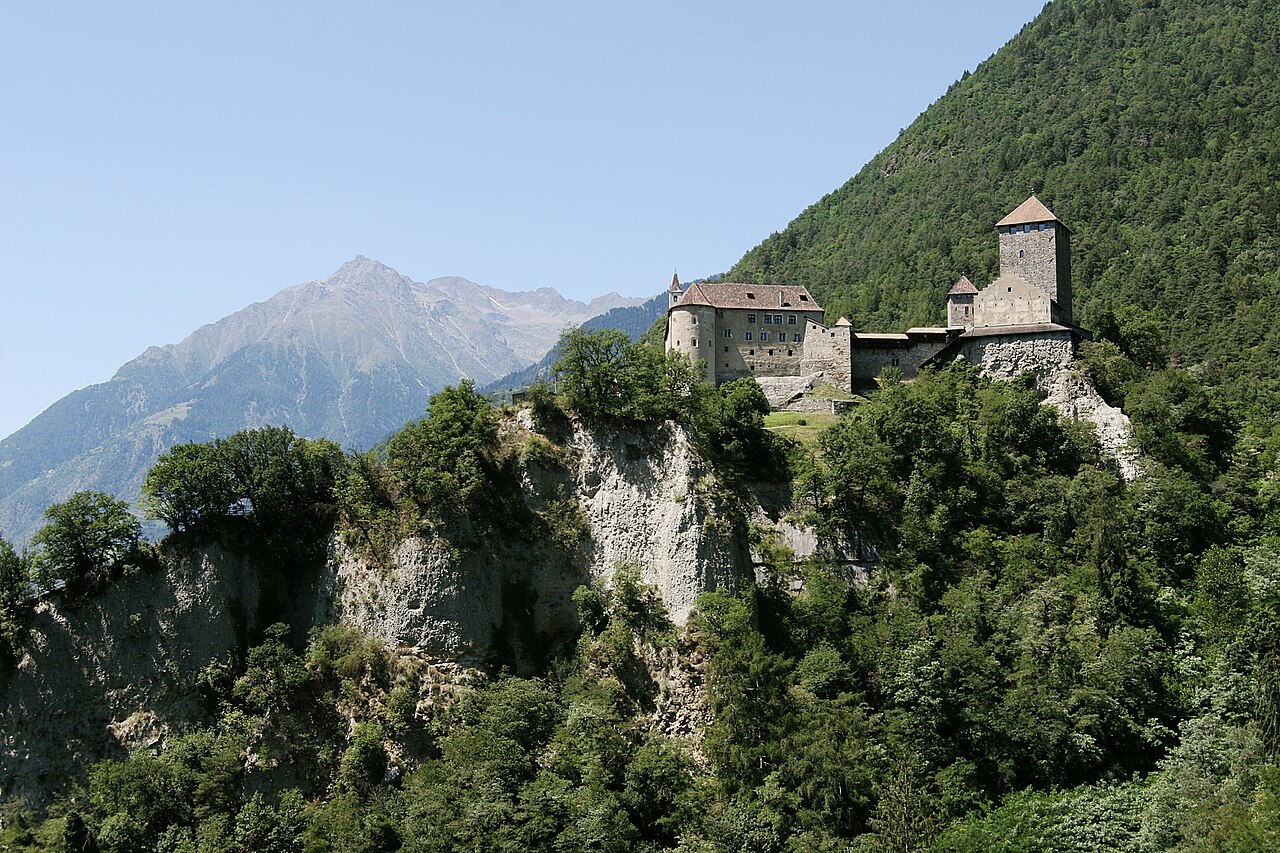 Herbert Ortner, CC BY-SA 3.0, Wikimedia Commons
Herbert Ortner, CC BY-SA 3.0, Wikimedia Commons
Margaret’s Second Marriage
Luck was, eventually, on Margaret’s side. Charles IV was forced to pull out of his Tyrolian siege without success. However, he did burn down two cities, Bozen and Meran, before this happened.
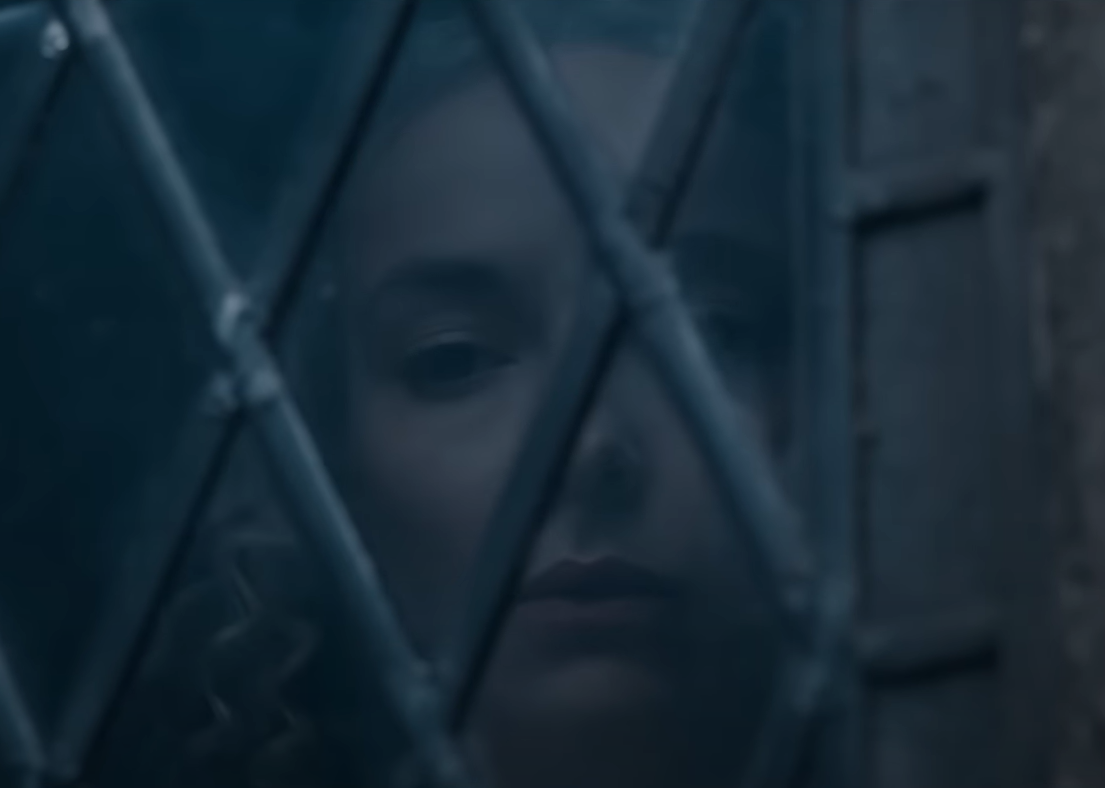 Twentieth Century, The Last Duel (2021)
Twentieth Century, The Last Duel (2021)
Margaret’s Second Marriage
In 1349, eight years after John Henry was first cast out of Tyrol, Charles IV eventually gave up his feud. The emperor’s passing consolidated Charles's rule in Luxembourg, and he had the motivation to dissolve his brother’s marriage.
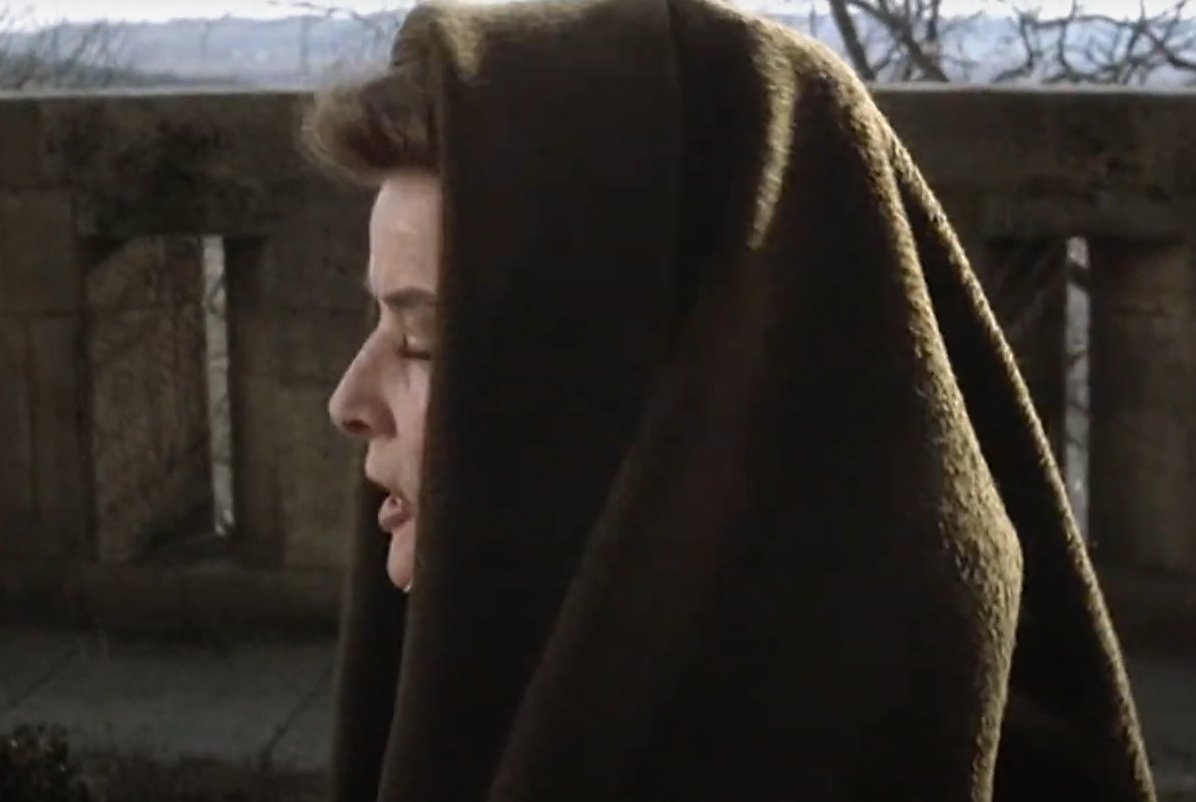 Haworth Productions, The Lion in Winter (1968)
Haworth Productions, The Lion in Winter (1968)
Margaret’s Second Marriage
At that time, it became in Charles IV’s interest for his brother to remarry. He, therefore, needed to dissolve his brother’s marriage with Margaret according to canon law, so that John Henry could marry without the scandal Margaret carried.
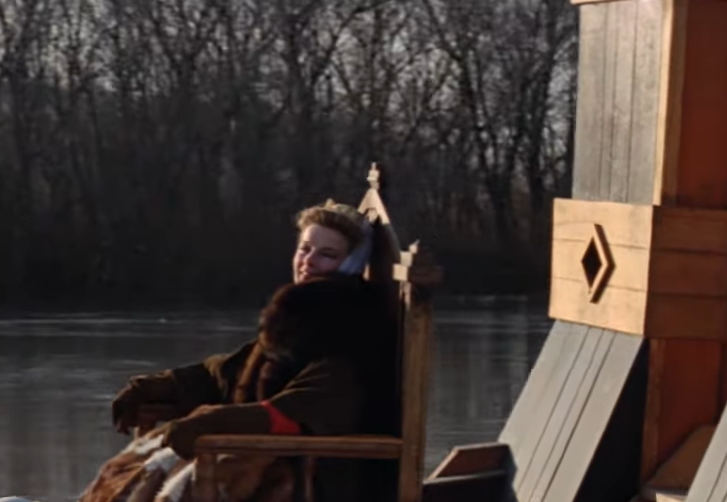 Haworth Productions, The Lion in Winter (1968)
Haworth Productions, The Lion in Winter (1968)
Margaret’s Excommunication
While Margaret’s first marriage was absolved at the end of the 1340s, it did not mean that her excommunication was removed at this time. It took some years, and more savvy politics on Margaret’s part, to ensure that this was carried out.
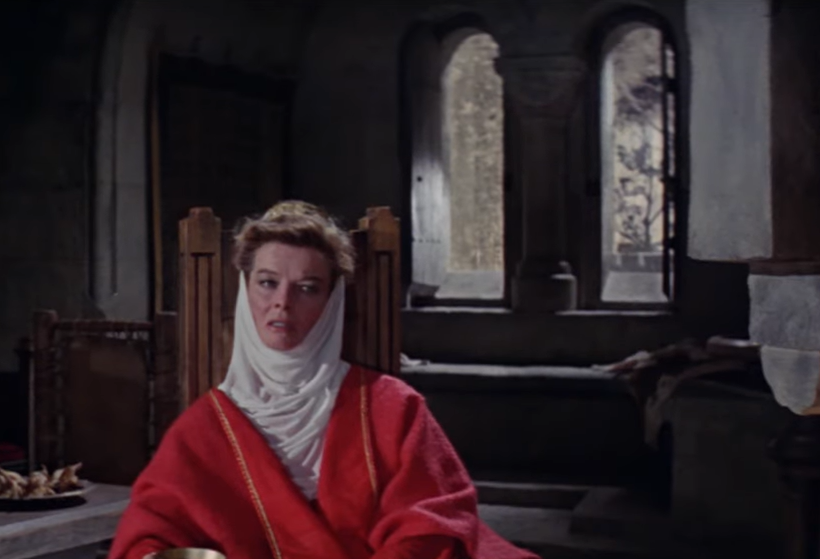 Haworth Productions, The Lion in Winter (1968)
Haworth Productions, The Lion in Winter (1968)
Margaret’s Excommunication
Another connection was needed to increase her family’s power and influence before she and her husband would be absolved from excommunication. This time the powerful Habsburgs were needed.
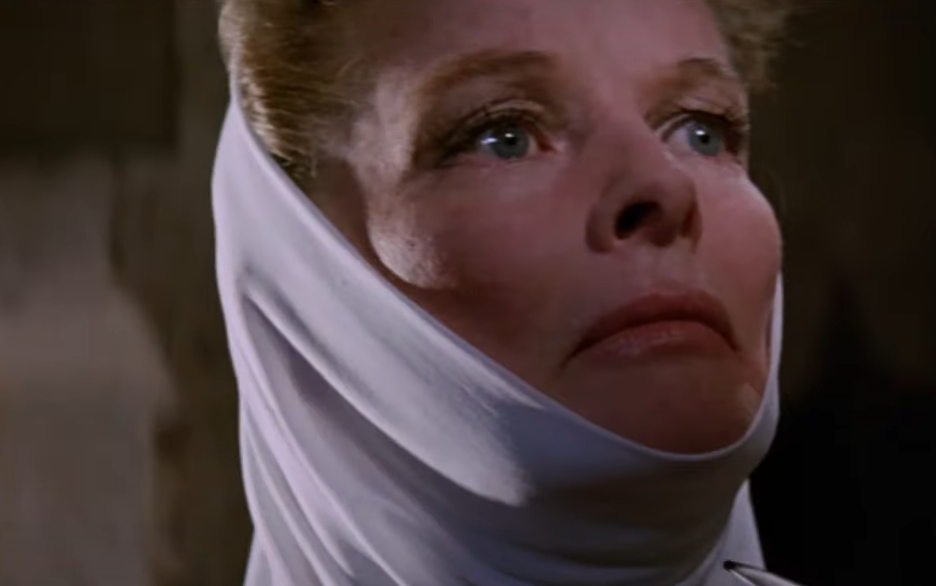 Haworth Productions, The Lion in Winter (1968)
Haworth Productions, The Lion in Winter (1968)
Margaret’s Excommunication
Margaret and Louis had a son, Meinhard III. They made arrangements for him to marry Margaret of Habsburg, the youngest daughter of the Austrian duke Albert II. This was the first step to their freedom.
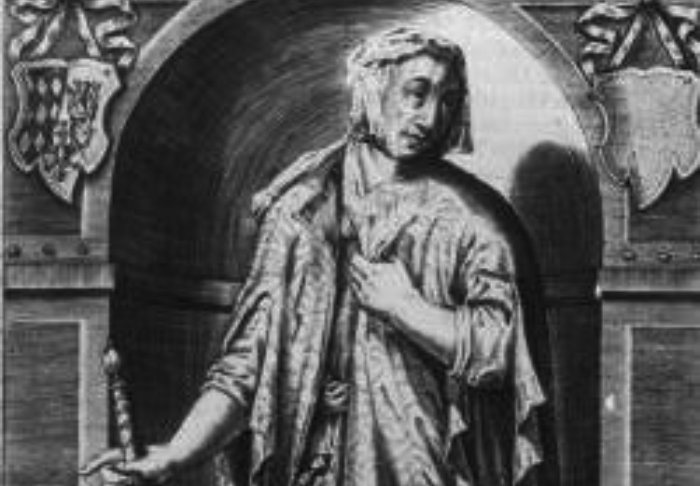 Unknown author, Wikimedia Commons
Unknown author, Wikimedia Commons
Margaret’s Excommunication
It was through this marriage and the support of the Habsburg family that Margaret and her husband were finally absolved from excommunication. In 1359, 17 years after their original excommunication, Pope Innocent VI absolved them.
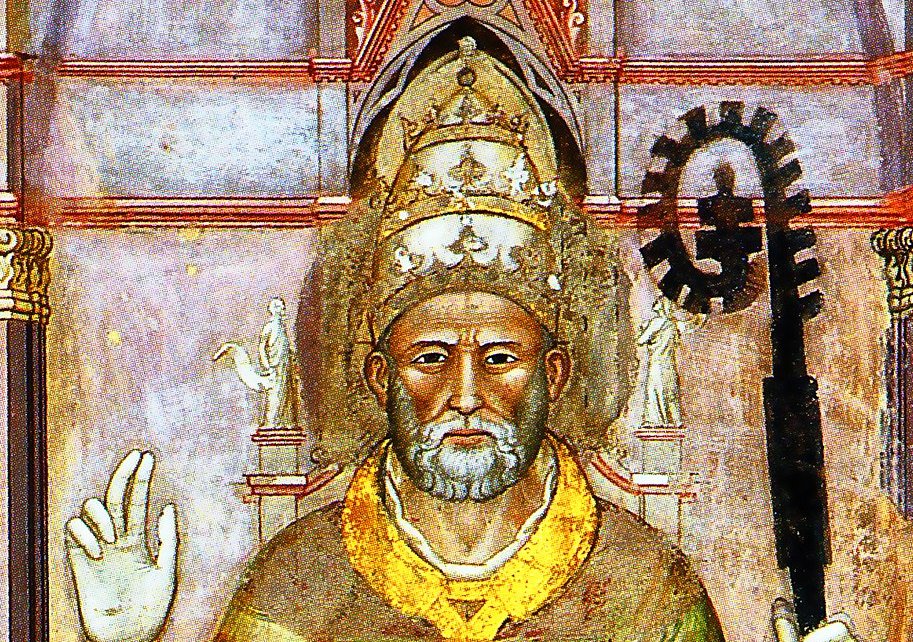 Andrea di Bonaiuto, Wikimedia Commons
Andrea di Bonaiuto, Wikimedia Commons
The Beginning Of The End
In 1361, Margaret’s husband, Louis passed suddenly. This reverted all of the titles that Margaret held jointly with him over to their son, Meinhard III. It would be a short-lived succession.
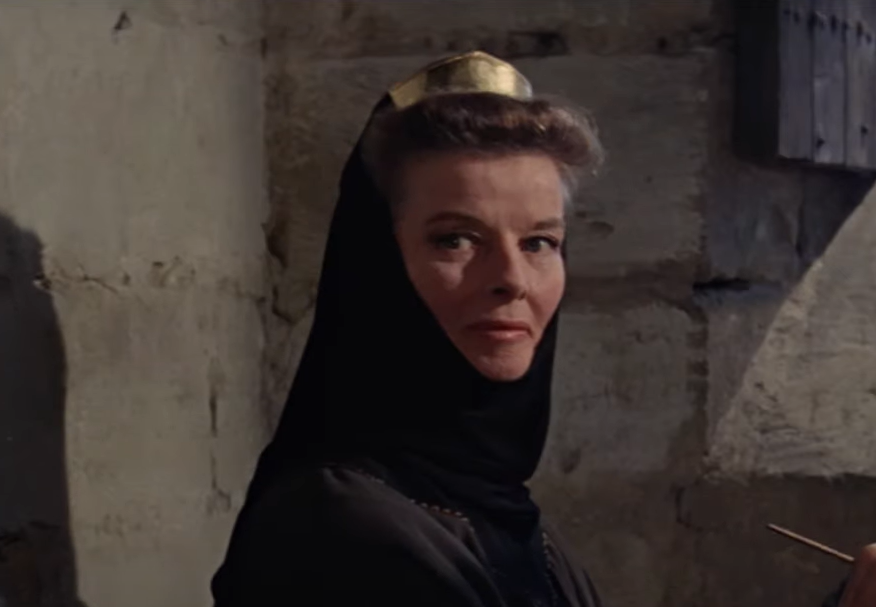 Haworth Productions, The Lion in Winter (1968)
Haworth Productions, The Lion in Winter (1968)
The Beginning Of The End
Less than two years after this succession, Meinhard was also gone. He passed a month shy of his 21st birthday and did not leave a single heir to inherit the titles that Margaret had sheltered for so many years.
 Haworth Productions, The Lion in Winter (1968)
Haworth Productions, The Lion in Winter (1968)
The Beginning Of The End
This vacuum of a clear and powerful heir left room for invasion to happen, and it happened quickly. Meinhard’s uncle Stephan II of Bavaria-Landshut saw an opportunity to grab power.
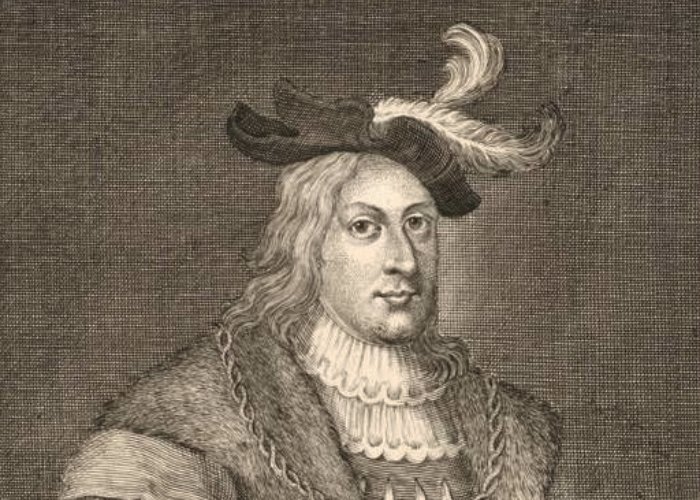 Zimmermann, Joseph Anton (ADB), Wikimedia Commons
Zimmermann, Joseph Anton (ADB), Wikimedia Commons
The Feud For Power
Stephan II allied with a soldier and statemen from Milan, Bernabò Visconti. Together, Stephan II and Visconti united Landshut with the Upper Bavarian lands that Meinhard would have had a right to—including Tyrol.
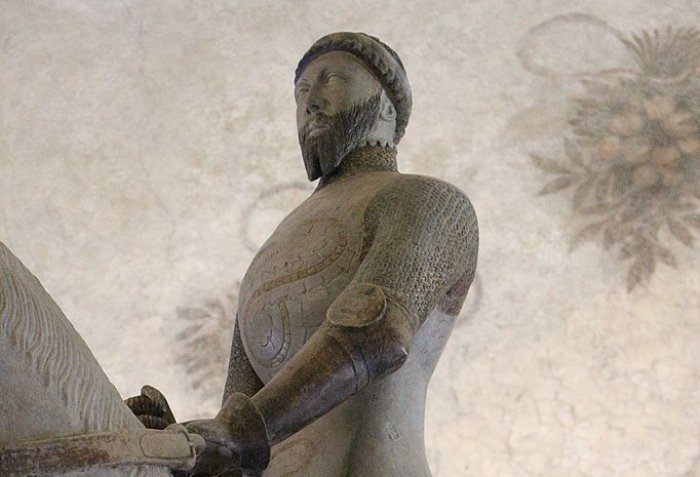 Sailko, CC BY 3.0, Wikimedia Commons
Sailko, CC BY 3.0, Wikimedia Commons
The Feud For Power
Yet again, Margaret was faced with a person trying to take the lands that she had rightfully inherited from her father. Although she attempted to hold onto them herself, she was again forced to depend on the alliances that she had made throughout her life.
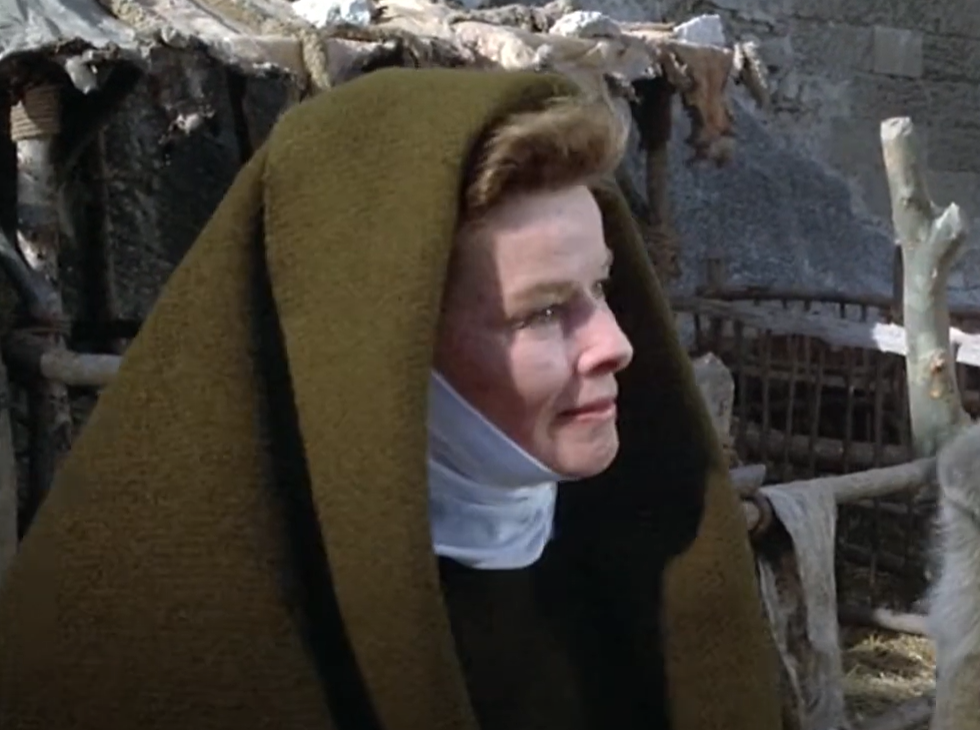 Haworth Productions, The Lion in Winter (1968)
Haworth Productions, The Lion in Winter (1968)
The Feud For Power
Margaret could not hold on to Tyrol herself. She was forced to contract the County of Tyrol over to her late son’s brother-in-law, Rudolf IV of Austria, the self-proclaimed Archduke.
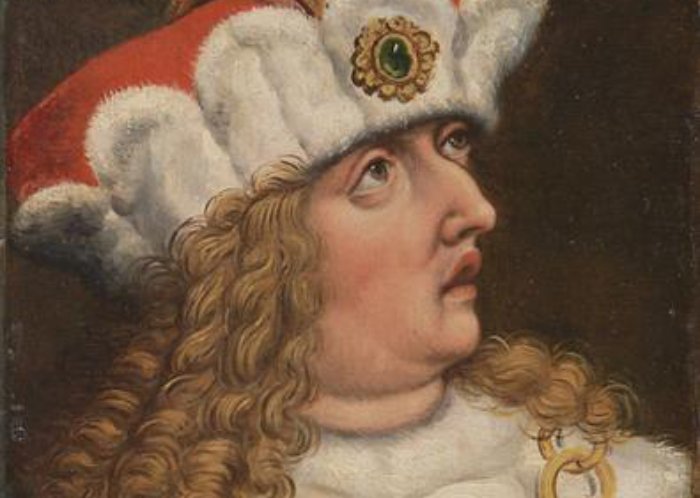 Antoni Boys, Wikimedia Commons
Antoni Boys, Wikimedia Commons
The Feud For Power
This move would be the first step in Rudolf’s campaign to collect power. Rudolf eventually united Tyrol with the Austrian dominions, forever tying it up with these politics.
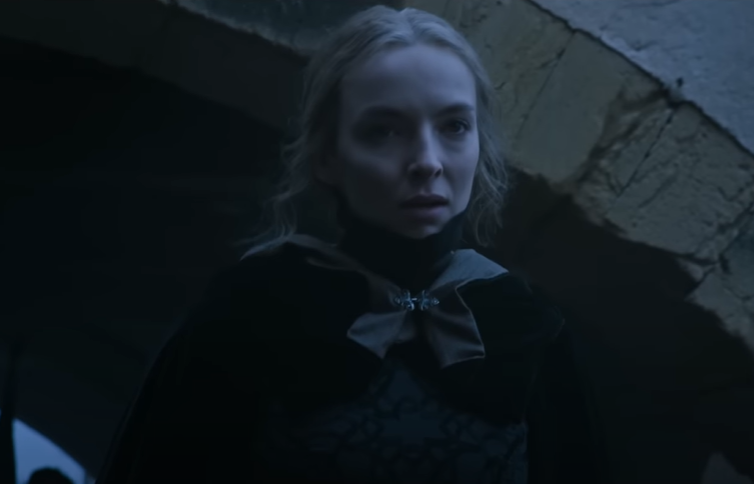 Twentieth Century, The Last Duel (2021)
Twentieth Century, The Last Duel (2021)
The Feud For Power
When Margaret signed over her control of Tyrol, she also left the area entirely. She retired to Vienna at this time, where she lived until her passing in 1369.
 Twentieth Century, The Last Duel (2021)
Twentieth Century, The Last Duel (2021)
Margaret's Passing
Margaret was 45 at the time of her passing. Although today that is a shockingly young age, most historians do not believe anything dramatic caused her passing. She simply succumbed to her age and the times.
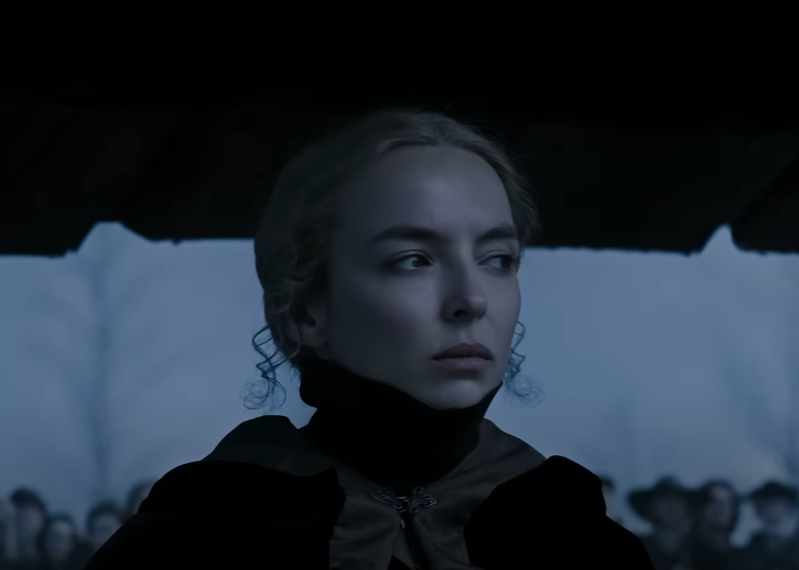 Twentieth Century, The Last Duel (2021)
Twentieth Century, The Last Duel (2021)
Peace Of Schärding
The conflict over Tyrol was not settled until 1369. At this point, Rudolf IV had passed on and been succeeded by his brother, Albert III of Austria. Albert III and Duke Stephan of Bavaria both signed the Peace of Schärding, thus resolving the issue of Tyrol once and for all.
The financial compensation for this treaty was demanded upon Margaret’s passing.
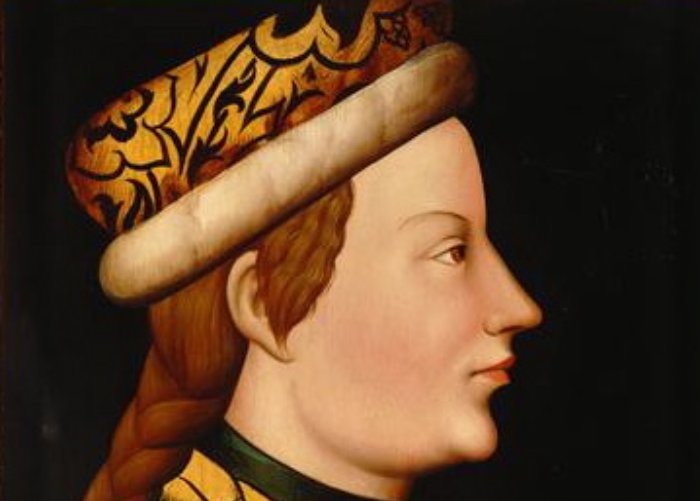 Kunsthistorisches Museum, Wikimedia Commons
Kunsthistorisches Museum, Wikimedia Commons
Margaret In Media
Margaret's story has captured the imagination of many writers and artists in the years since her passing. If Matsy’s “The Ugly Duchess” was a portrait of Margaret, it was also the influence of the “Duchess” in the illustrations of Lewis Carroll’s Alice’s Adventures in Wonderland.
And the appearances did not stop there.
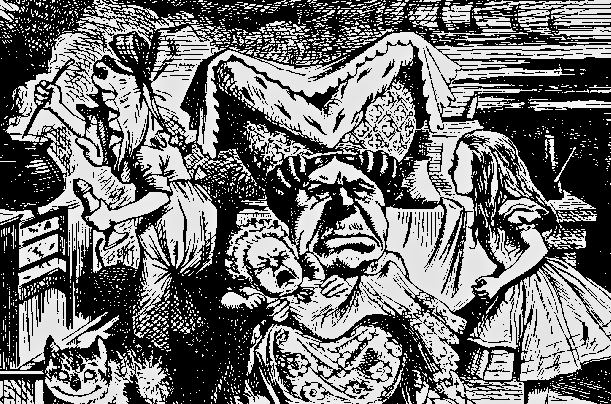 John Tenniel, Wikimedia Commons
John Tenniel, Wikimedia Commons
Margaret In Media
In 1816, Jacob Grimm, one-half of the famed “Brothers Grimm”, included Margaret in his book German Sagas. Her tales were included in “Legends of Margarete”. Margaret would still have one more major representation.
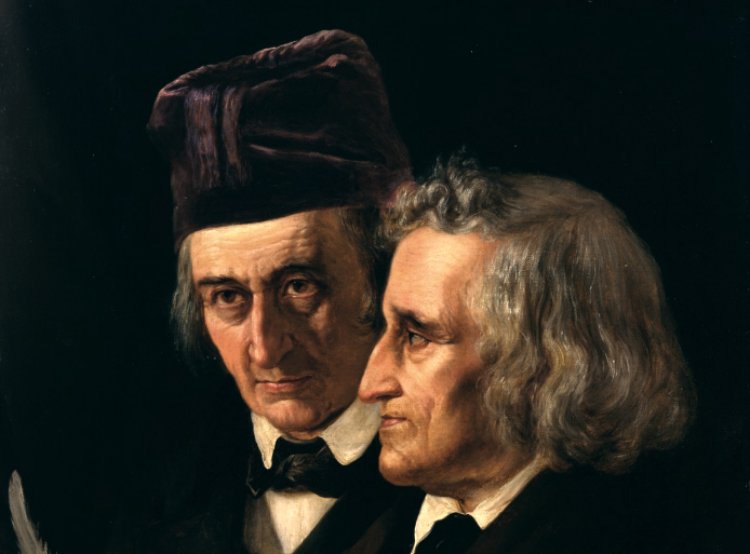 Elisabeth Baumann, Wikimedia Commons
Elisabeth Baumann, Wikimedia Commons
Margaret In Media
Lion Feuchtwanger included her in his own stories as late as 1923. Unfortunately for Margaret, Feuchtwanger continued the monikers started during her second marriage and titled the novel, The Ugly Duchess.
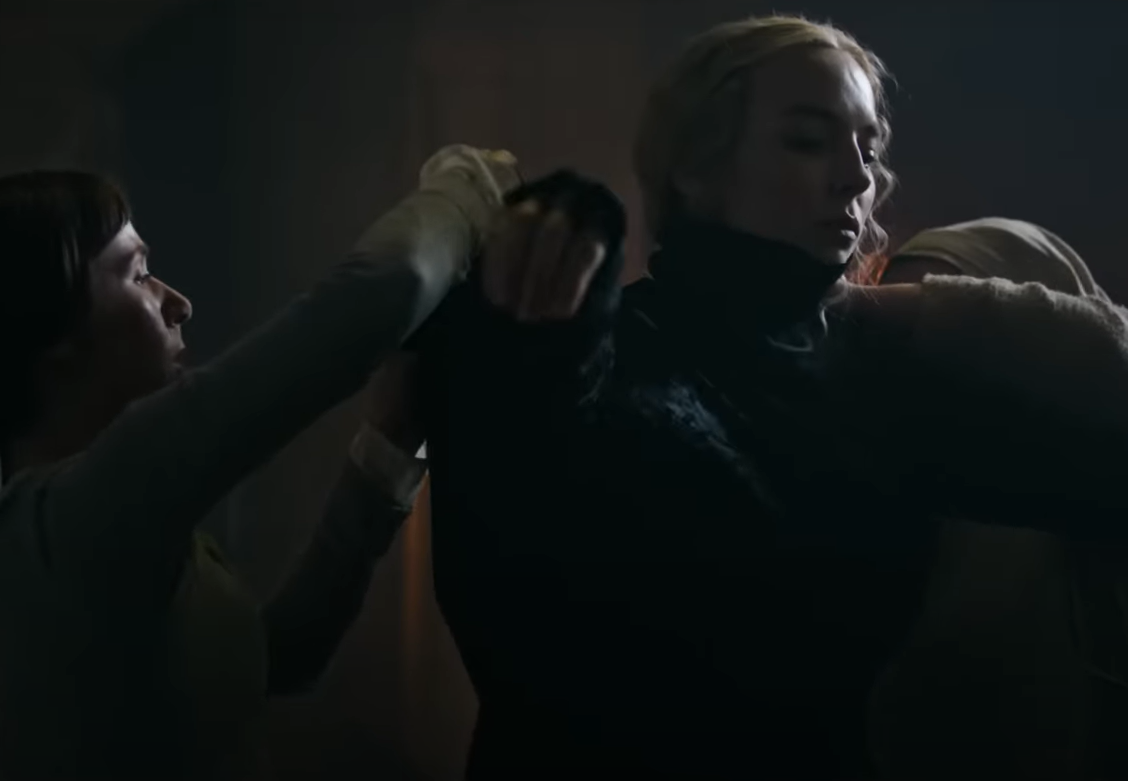 Twentieth Century, The Last Duel (2021)
Twentieth Century, The Last Duel (2021)
You May Also Like:
The Twisted Life Of The Ogre King


